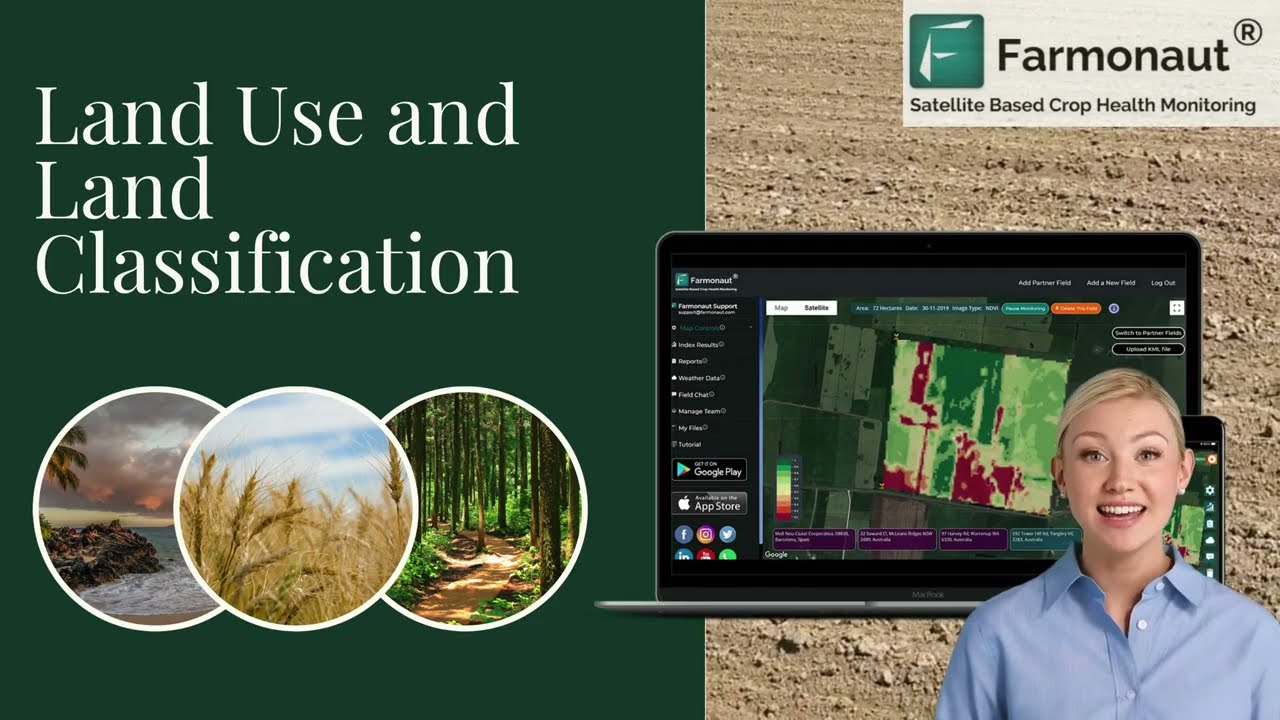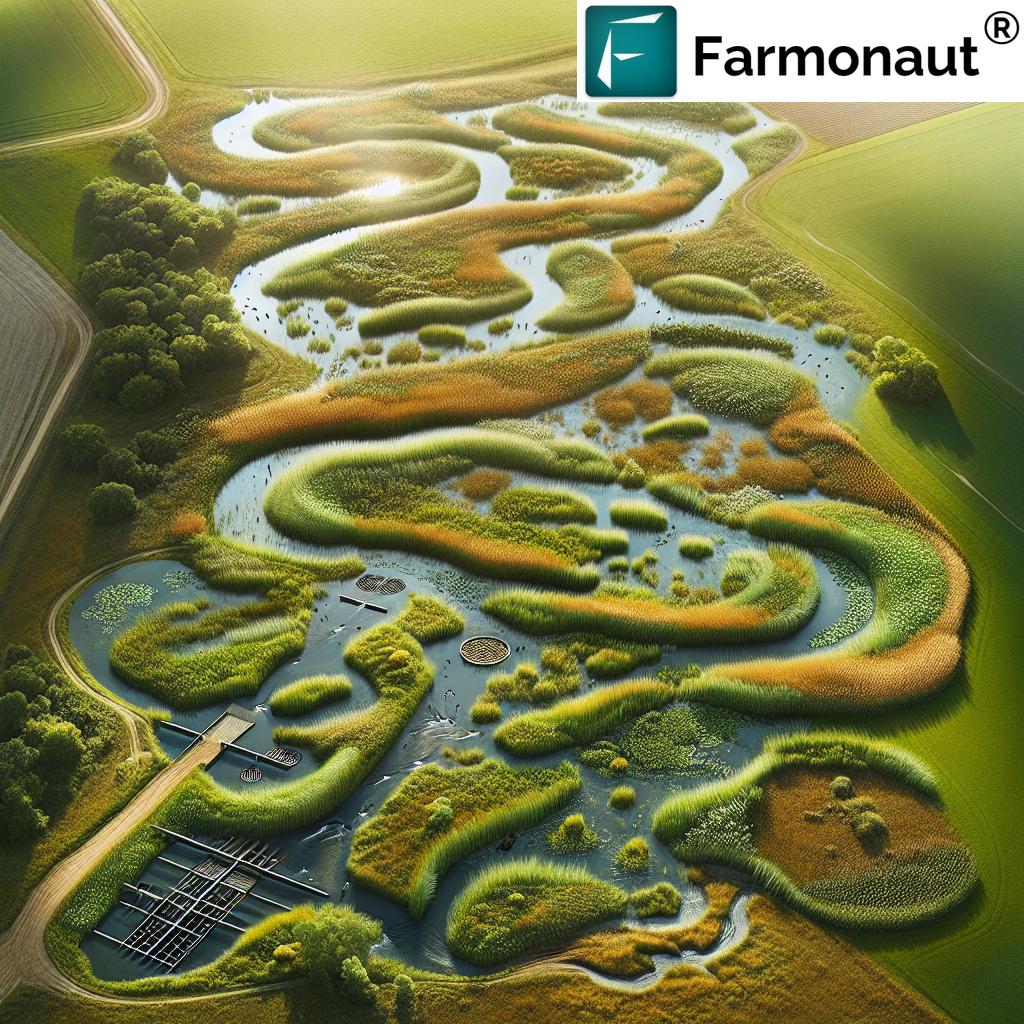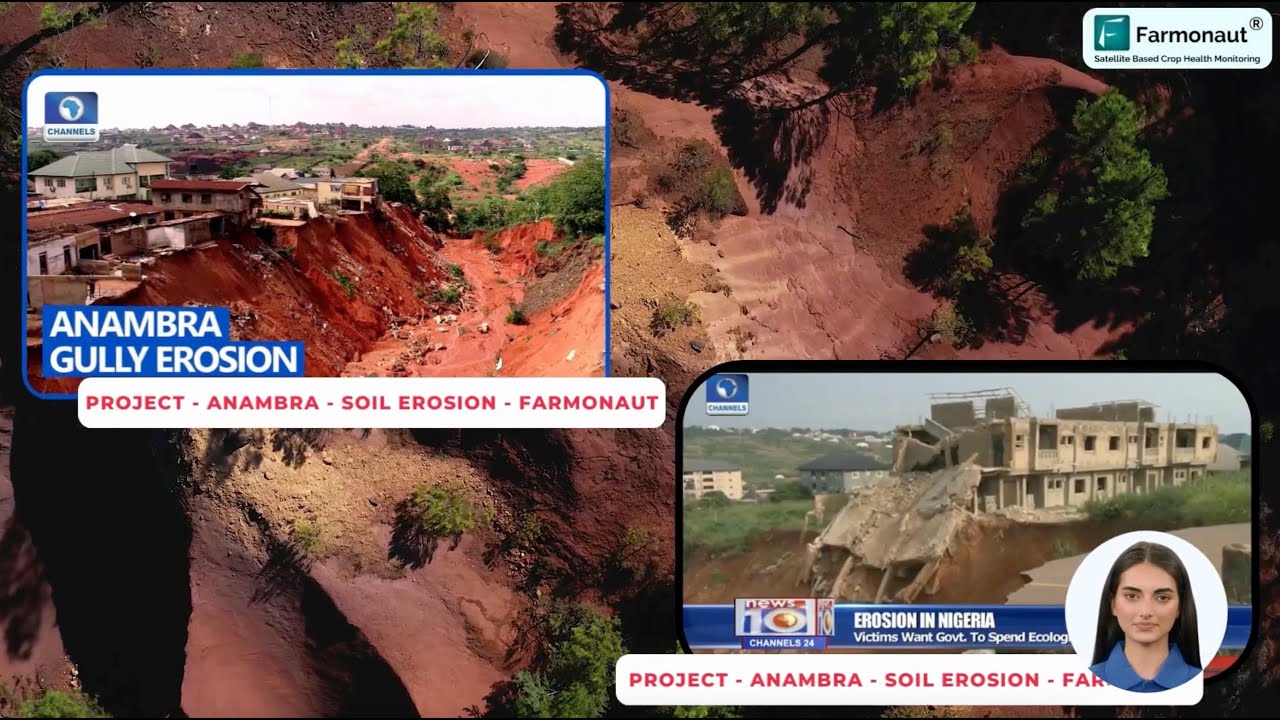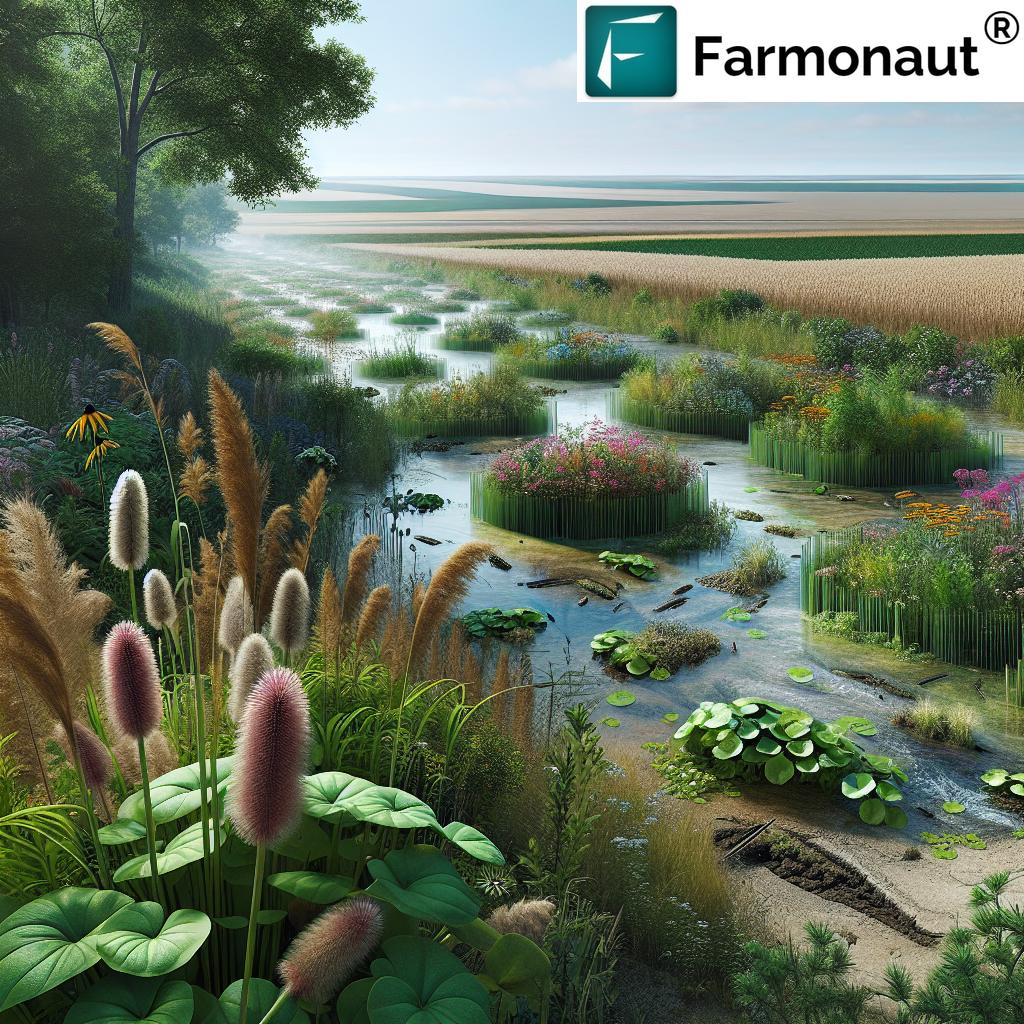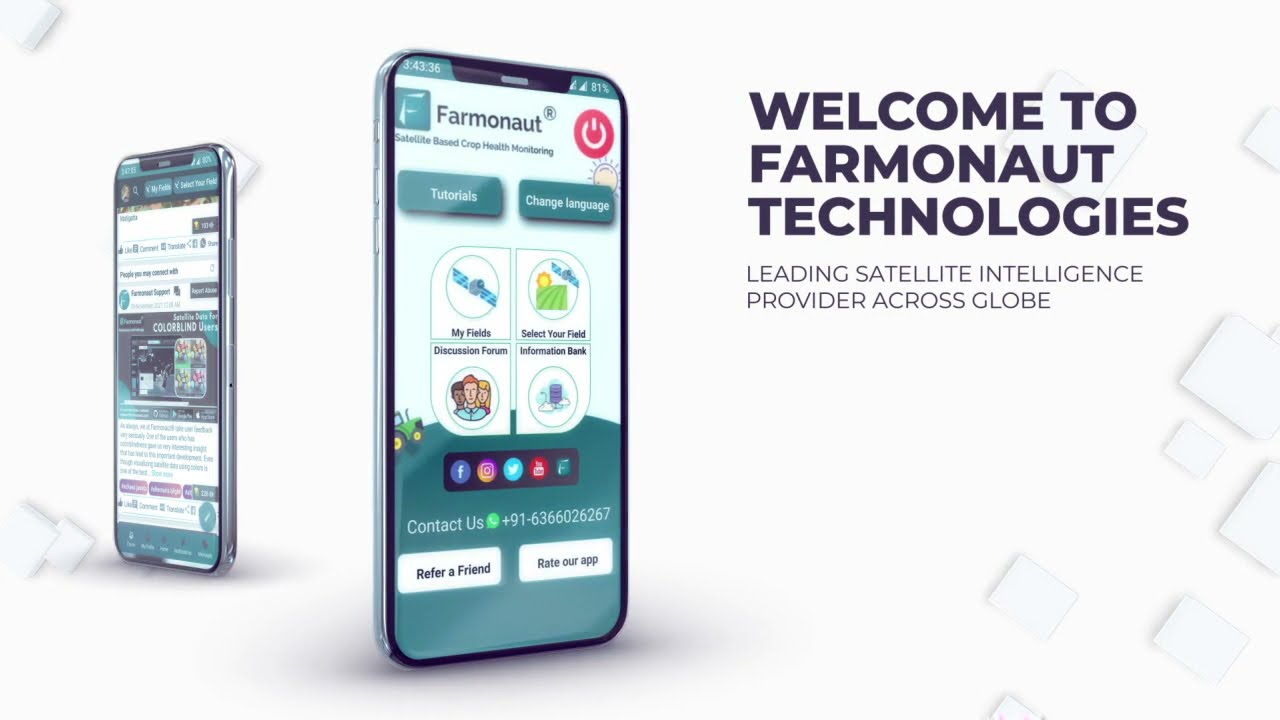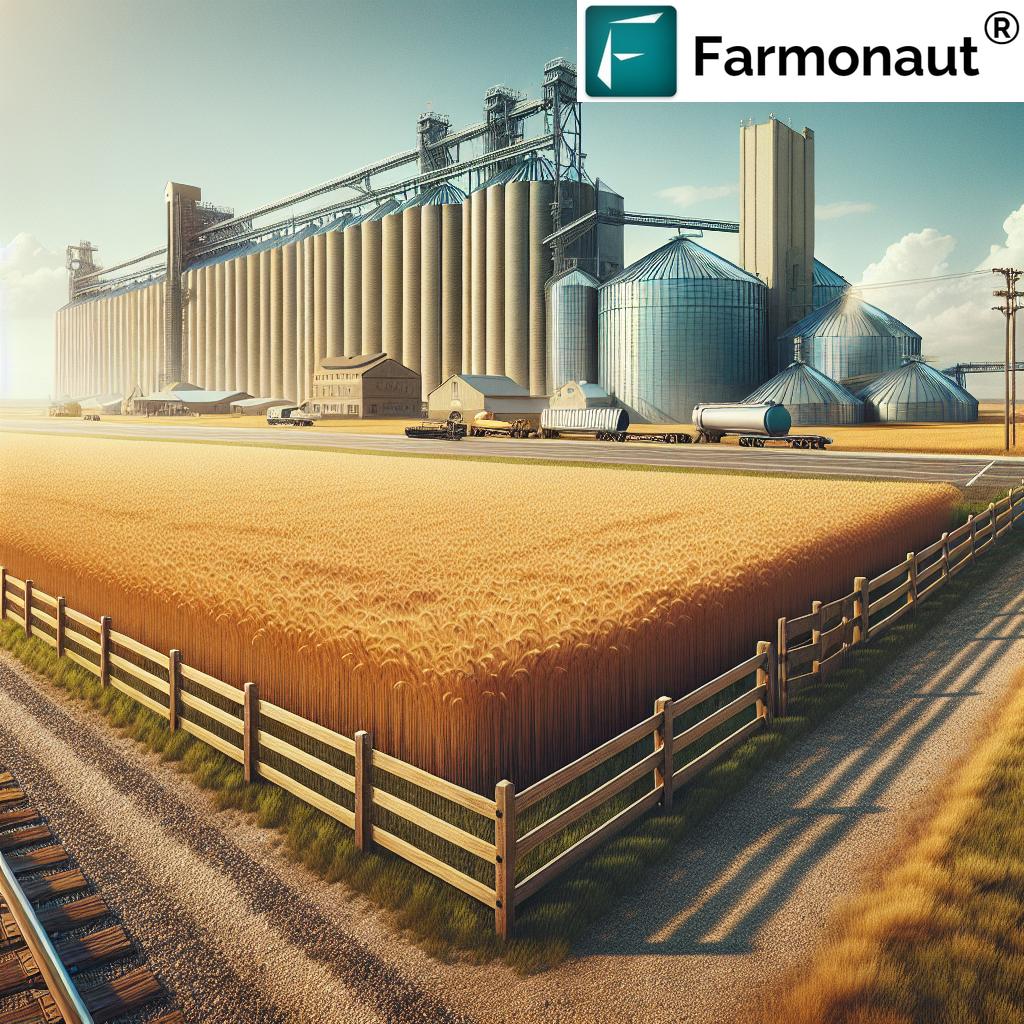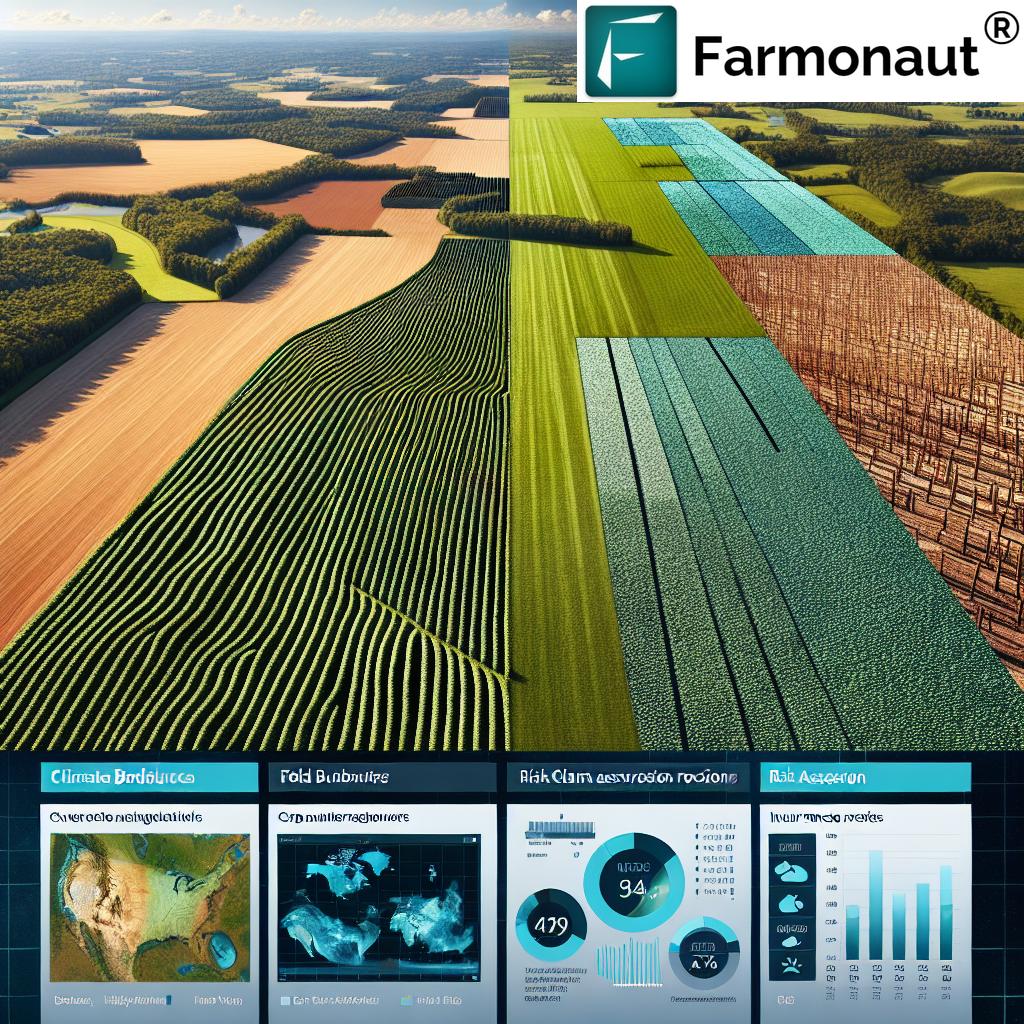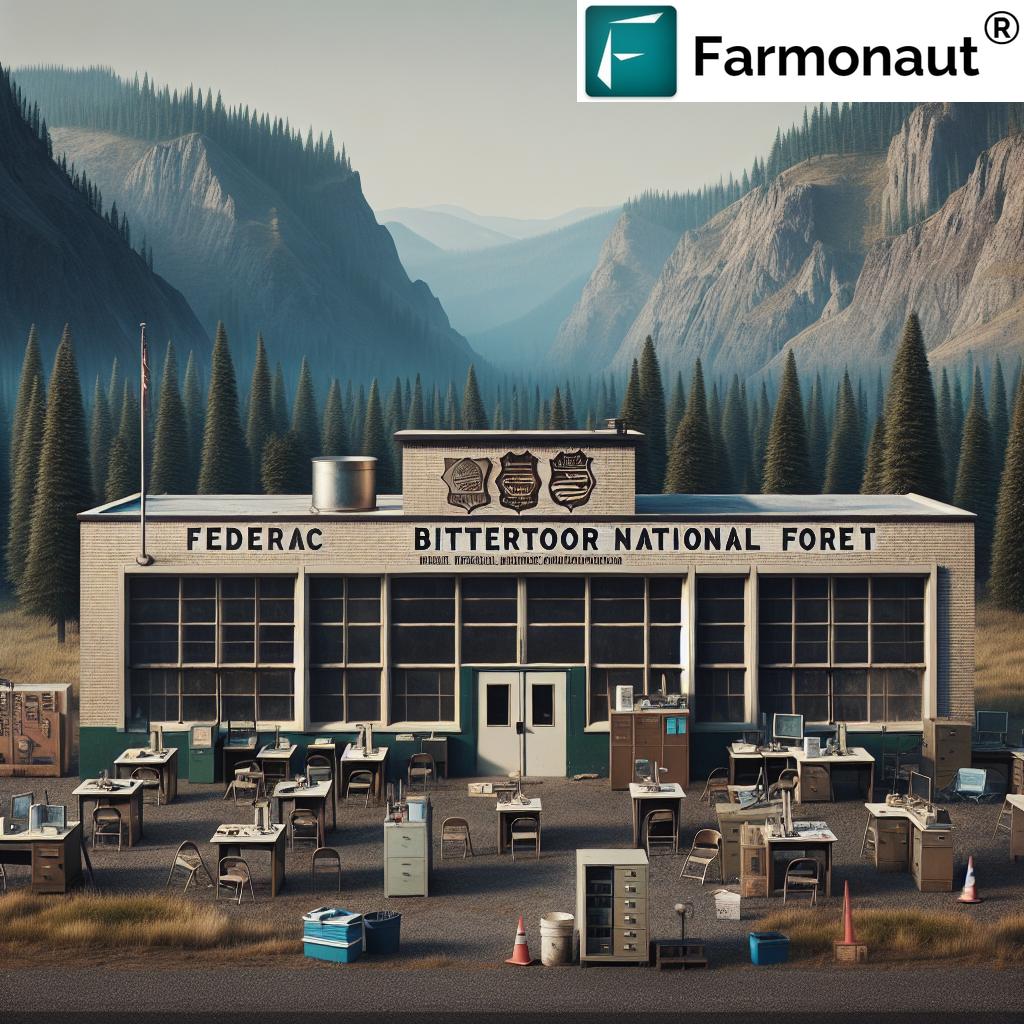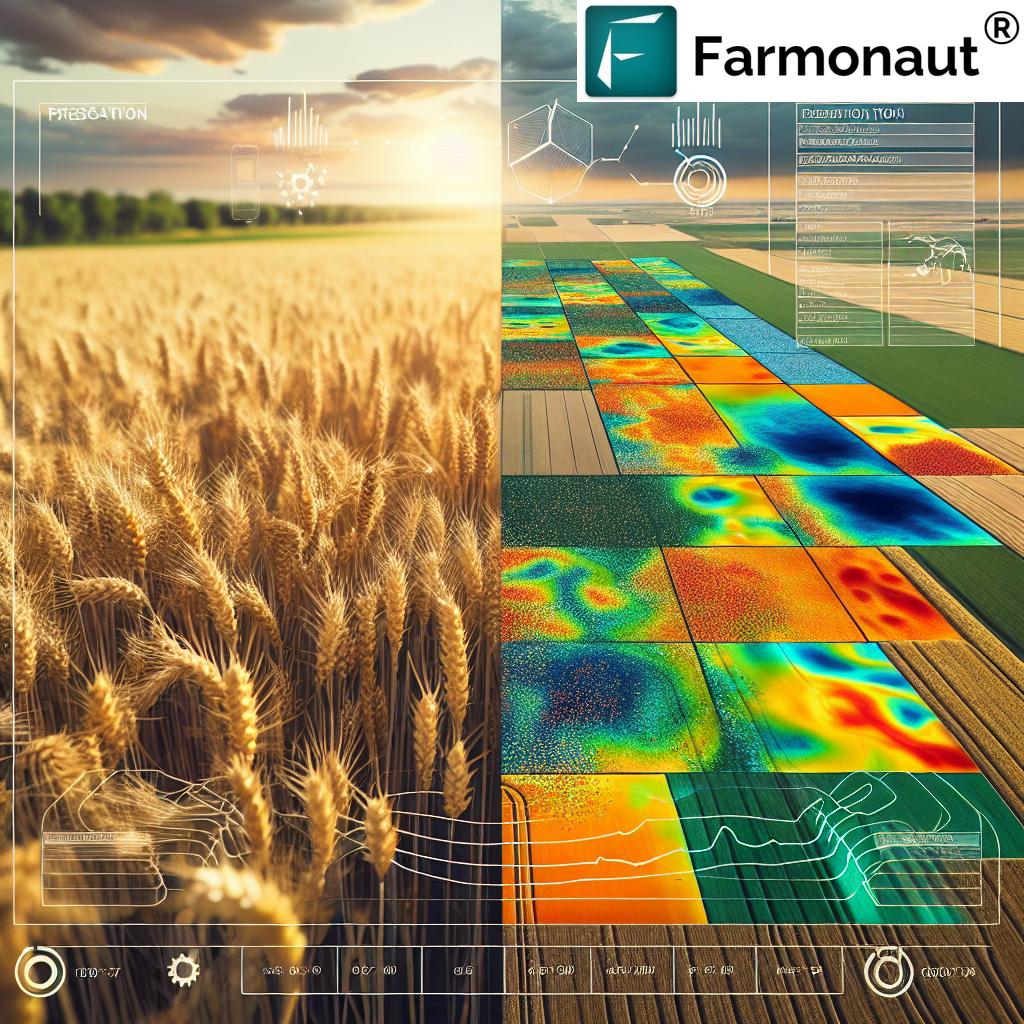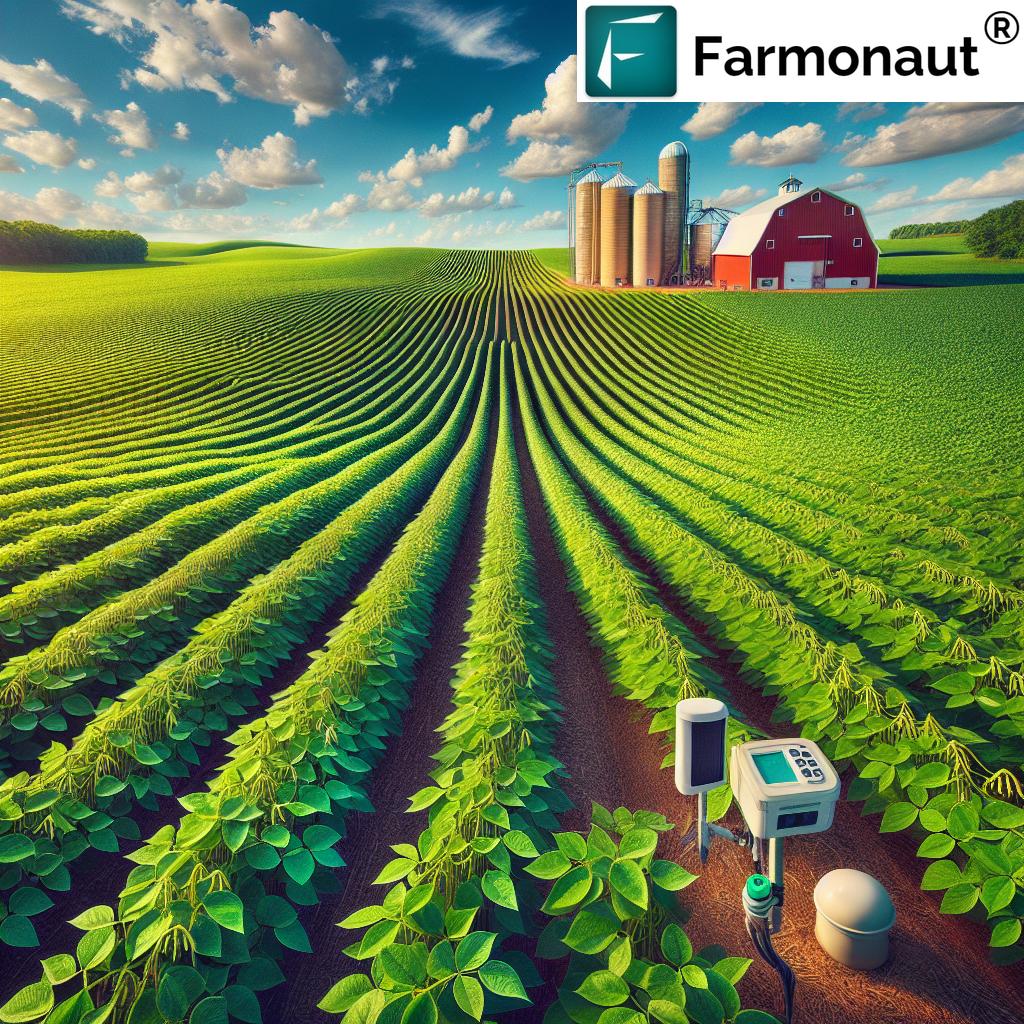Wetland Restoration Iowa: 7 Acres Transformed for Water Quality
Introduction: Why Wetland Restoration in Iowa Matters
Iowa stands at a critical juncture in environmental conservation, especially when it comes to wetland restoration and water quality improvement.
For decades, the expansion of agriculture, development, and structural failures have dramatically reduced Iowa’s wetland acreage and created a water quality crisis. The new effort to transform 7 acres of unused land near Linn County’s Morgan Creek Park into a restored wetland, through visionary planning and community engagement, is a shining example of our state’s commitment to reversing this trend.
These bold environmental conservation initiatives not only promise cleaner land and waters for Cedar Rapids and Linn County, but also offer a replicable model for sustainable stormwater runoff management, prairie habitat restoration, and native species conservation. In this comprehensive blog, we explore everything you need to know—science, strategy, and innovation—about wetland restoration Iowa and why it matters more than ever for our future.
The Value of Wetlands in Iowa: Nature’s Best Water Filters
Historically, Iowa was a vast tapestry of wetlands and prairies. Estimates suggest that 4 to 6 million acres of wetlands—scattered throughout our watersheds—once defined the landscape. These waters and lands were not just a scenic backdrop: they were vital for natural water filtration, soil stability, flood control, and supporting native species.
- Water Quality Improvement: Wetlands act as natural filters. By slowing down stormwater runoff, they trap sediment, capture nutrients like nitrogen and phosphorus, and allow debris to settle. Clean water leaving a wetland improves the health of rivers and creeks downstream.
- Erosion Control Methods: Wetlands absorb the force of water flowing from heavy rains or tile failures. Their deep-rooted native plants anchor soil in place, dramatically cutting soil erosion.
- Native Species Conservation: Wetland ecosystems support amphibians, birds, pollinators, and rare flora. With 95% of Iowa’s original wetlands drained, every acre restored is crucial to our native biodiversity.
- Prairie Habitat Restoration: Only 0.1% of Iowa’s original tallgrass prairie remains. Restoring wetlands often includes planting native grasses and wildflowers, combining wetland and prairie habitat restoration for maximum impact.
- Climate Resilience: Wetlands capture carbon, helping mitigate the effects of climate change while providing flood mitigation in extreme weather events.
Today, we face the consequences: impaired water quality, disappearing wildlife, and costly environmental challenges. Wetland restoration Iowa projects are the best tools we have to turn the tide.
Key Drivers of Wetland Loss: Tile Failures, Erosion, and Land Use Change
Let’s examine why Iowa’s wetlands disappeared so quickly and what must change to reverse this trend:
- Tile Structure Failure: Iowa’s landscape is crisscrossed by tile drainage systems, used for centuries to convert natural wetlands into farming land. When these structures fail, as happened near Morgan Creek Park, erosion can accelerate rapidly, scouring away valuable soil.
- Soil Erosion and Runoff: Loss of native vegetation along streams and creeks, and historical removal of wetlands, means less protection from powerful runoff. Sediment and nutrients now flow unfiltered into waterways.
- Land Use Conversion: Nearly all of Iowa’s wetland and prairie acres were lost to farming, urban development, and infrastructure. Most wetland loss occurred between 1850-1950, but the impacts linger.
- Poor Water Quality: The rapid transport of agricultural nutrients into rivers and creeks causes algae blooms and water impairment. Without natural filters, communities downstream pay the price.
Recognizing these threats, conservationists, school districts, and county agencies have renewed their focus on restoring strategic wetland acres—especially where erosion and water quality are most at risk.
Restoration in Action: The Morgan Creek Park Wetland Transformation
A 7-Acre Wetlands Restoration Plan in Cedar Rapids, Linn County
The transformative project near Morgan Creek Park offers an inspiring example of what’s possible when we focus our environmental conservation initiatives on real needs:
- Location: Western edge of unused land near Morgan Creek Park, in Cedar Rapids, Linn County
- Problem: Severe erosion and storm runoff after tile system failure, damaging parkland and sending sediment into Morgan Creek
- Collaborative Plan: The county conservation department and school district developed a vision to restore the wetland, intercept stormwater, and improve both water and habitat quality
- Anticipated Impact:
- Remediate a critical erosion source
- Intercept and filter up to 40 million gallons of stormwater runoff per year
- Create habitat for native wetland, prairie, and aquatic species
- Offer recreation opportunities including a fishing pool and nature trail
We view this restored unused land not just as a water treatment tool but as a model for community-driven, multi-benefit restoration.
Director of Operations for Cedar Rapids Community School District, Chad Schumacher, captured the project’s essence: “By building the wetland here, we’re not only stopping the erosion that’s happening on this land, but also making sure the water’s clean as it goes into the creek.”
How Wetlands Restoration Boosts Water Quality & Controls Erosion
Scientific Mechanisms of Natural Water Filtration
At the core of this project’s success is natural water filtration—a process as effective as it is elegant. Here’s how the restored wetland on these 7 acres will transform hydrology and water quality for Linn County:
- Slowing Runoff: Wetlands act as a water filter by allowing stormwater to slowly pass through dense root mats and varied topography.
- Capturing Sediment and Debris: Particulate matter—topsoil, natural debris, agricultural runoff—settles to the bottom, removing solids that would otherwise enter Morgan Creek.
- Filtering Nutrients: Nitrogen and phosphorus, two primary pollutants, are “captured” by plants and microorganisms inside the wetland.
- Reducing Erosion: With the reestablishment of native vegetation and natural land contours, stormwater energy is dissipated, reducing soil erosion by up to 50%.
- Polishing Water Quality: Water exiting the wetland has significantly less sediment, nutrients, and pathogens, improving the quality of downstream watersheds.
Quantifiable Benefits Per Year
- Interception and treatment of up to 40 million gallons of stormwater per year
- Elimination of a key source of erosion and downstream sedimentation
- Increased resilience against flooding and extreme rainfall events
Native Species Conservation & Prairie Habitat Restoration
We can’t separate “wetland restoration Iowa” from native species conservation and prairie habitat restoration. The Morgan Creek Park project is expressly designed to maximize biodiversity:
- Restoring Native Plants: Projects include seeding with tallgrass prairie plants, wetland sedges, rushes, and forbs. These species, originally common to Iowa, stabilize soil and support complex food webs.
- Wildlife Habitat: Wetlands attract birds, amphibians, pollinators, turtles, and beneficial insects, restoring thriving natural communities. As native habitats expand, species at risk rebound—diversity increases year after year.
- Ecological Stewardship: In aligning with our strategic goals for environmental conservation, each acre of wetland and prairie directly supports our region’s natural legacy—and improves outcomes for water, land, and community alike.
Wetlands Project Funding, Land Donation & Community Support
No environmental restoration is possible without creative funding, vision, and landowner buy-in. Here’s how the Morgan Creek Park wetlands project is made possible:
- IDALS Water Quality Initiative Grant: A grant of $177,000 from the Iowa Department of Agriculture and Land Stewardship’s Water Quality Initiative, demonstrating the state’s commitment to water quality improvement.
- City of Cedar Rapids Donation: A $5,000 gift supporting local stewardship and community involvement.
- Linn County Water & Land Legacy Bond: Additional public funding supports site development and conservation goals.
- Land Donation: The Cedar Rapids Community School District pledges to donate 7 of the 34 acres of unused land, retaining 27 acres for future development.
The grant and donation-based approach means we can focus resources on the wetland build-out, filtration design, and native plantings—delivering maximum benefits per dollar for the community.
- Inclusive Future Planning: The plan includes a nature trail, a fishing-friendly pool, and land reserved for a potential future school, ensuring that the wetland not only improves environmental health but also supports the district’s potential growth.
Before-and-After Wetland Restoration Impact Table
To deliver a clear illustration of what the Morgan Creek Park project can achieve, let’s examine the expected improvements in key environmental metrics:
| Impact Area | Estimated Value Before Restoration | Estimated Value After Restoration |
|---|---|---|
| Water Quality Indicators (Nitrate Reduction, mg/L) | High (9-12 mg/L) | Low (≤2 mg/L) |
| Erosion Rate (tons/year) | 20–30 | 8–14 |
| Native Plant Coverage (%) | < 5% | 45–60% |
| Wildlife Species Count | < 10 | 35–50 |
| Flood Mitigation Capacity (acre-feet) | Minimal; flooding common | 10–15 acre-feet |
These powerful, data-driven estimates show that wetland restoration benefits are both immediate and long-lasting—not just for water or land, but for the whole community and natural heritage of Iowa.
Farmonaut Technology: Supporting Wetland Restoration & Environmental Conservation Initiatives
Our commitment to sustainable land management is stronger than ever—and technology is a key part of the solution. Here’s how Farmonaut can elevate future wetland restoration Iowa projects and empower precision management of conservation sites, farming, and more:
- Satellite-Based Monitoring for Conservation: Farmonaut leverages satellite imagery to track vegetation health, soil moisture levels, and land changes. This advanced monitoring means we can quickly evaluate restoration progress, measure sediment reduction, and respond to emergent challenges.
- AI-Based Advisory System (Jeevn AI): Our AI-powered recommendations optimize land stewardship by alerting managers to issues like tile structure failure, excessive runoff, or vegetation loss—ensuring the highest quality outcomes for restoration and agriculture alike.
- Carbon Footprint Tracking: Wetlands are excellent natural carbon sinks. Our carbon footprinting module helps conservationists and farmers quantify and reduce environmental impact, documenting each acre’s contribution to sustainability.
- Fleet and Resource Management: Conservation tasks often require coordinated operations—machine use, material transport, and workforce management. Farmonaut’s fleet management tools empower project leaders to streamline logistics and ensure cost-effective, timely habitat restoration.
- Blockchain Traceability for Grants & Sustainability Reporting: Documenting every stage of wetland project execution is essential for transparency. Farmonaut’s product traceability capabilities enable organizations to verify grant deliverables, manage off-site compliance, and build public trust in restoration investments.
API & Developer Integration: Conservation organizations and environmental agencies can directly power up their apps, dashboards, and analytics with Farmonaut’s API and developer documentation, turning raw data into actionable insights for land stewardship.
If you are seeking scalable, reliable tools for large-scale farm management and conservation, explore our Agro Admin App, designed for agencies managing extensive acres—including restoration, monitoring, and compliance projects.
Our mission is to make these advanced, satellite-powered services accessible and affordable for every land steward—transforming not only the way we farm but the way we restore and sustain our native environments as well.
Planning, Design, and the Path Forward
The journey to a successful wetland restoration Iowa project spans several crucial phases:
- Land Assessment & Design: Environmental engineers and biologists analyze soil, water movement, and tile drainage to create a wetland that complements the location and supports long-term sustainability.
- Community Engagement: Working with neighbors and the broader community ensures shared benefits and long-term stewardship. In Morgan Creek, donation from the school district made the project possible.
- Securing Funding: Multiple sources—public bonds, grants, donor support—are critical in bringing such environmental conservation initiatives to life. Iowa’s Water Quality Initiative is just one innovative example.
- Restoration Construction & Planting: Installation of water control structures, grading, revegetation with native species, and careful monitoring mark the start of transformation.
- Monitoring & Adaptive Management: As years pass, project managers use tools like satellite monitoring and expert fieldwork to measure soil, water, and biodiversity, fine-tuning erosion control methods as needed.
According to project timelines, the land donation process in Linn County is slated for May, and construction may begin by 2026. This approach ensures thoughtful, resilient planning that maximizes every restoration dollar and benefit.
FAQ: Wetland Restoration Iowa
What is wetland restoration?
Wetland restoration involves transforming degraded or previously drained land to reestablish its original ecological functions—improving water quality, supporting native species, and controlling erosion.
Why is wetland restoration important in Iowa?
Iowa has lost more than 95% of its historic wetlands, leading to water quality and habitat loss. Restoration projects improve water filtration, reduce flooding, rebuild prairie and wetland habitats, and support biodiversity.
How does wetland restoration improve water quality?
Wetlands slow stormwater, allowing sediment and nutrients to settle out. Plants and microbes then absorb and break down contaminants, releasing cleaner water to creeks and rivers.
What role do native species play in wetland restoration?
Native species stabilize soil, enhance biodiversity, and create self-sustaining ecosystems. They are adapted to local conditions and help provide habitat for Iowa’s wildlife.
How is the Morgan Creek Park project funded?
Funding comes from public grants (like the IDALS Water Quality Initiative), local government bonds, and community-based donations. Partnerships and land donations from the school district enable efficient project delivery while reserving adjacent land for possible future development.
Can technology help with wetland restoration?
Absolutely. Satellite and AI-based tools from companies like Farmonaut make monitoring, planning, and adaptive management more efficient, transparent, and cost-effective. API integration and fleet/resource management modules also help agencies scale up conservation work.
Where can I find more information or download apps for land monitoring?
You can explore Farmonaut’s web app, download the Android or iOS apps, or review developer documentation for API access.
Conclusion: The Enduring Legacy of Iowa’s Restored Wetlands
The transformation of 7 acres of unused land near Morgan Creek Park into a high-functioning wetland is far more than a local win—it is a blueprint for modern, scalable, and meaningful environmental conservation initiatives across Iowa.
By integrating natural water filtration, advanced erosion control methods, and native species conservation—and by making strategic use of technology like satellite monitoring and resource tracking through providers such as Farmonaut—we equip ourselves for the greatest water quality improvement challenges ahead.
With robust wetlands project funding, community-oriented land donations, and visionary planning, our counties and school districts can protect both people and nature for generations to come. It is in these watersheds—and across every acre we choose to restore—that the future of Iowa’s clean water, rich habitat, and sustainable operations will be written.
Let’s stand together to support, fund, and champion wetland restoration Iowa—for the benefit of our land, our community, and our shared future.





